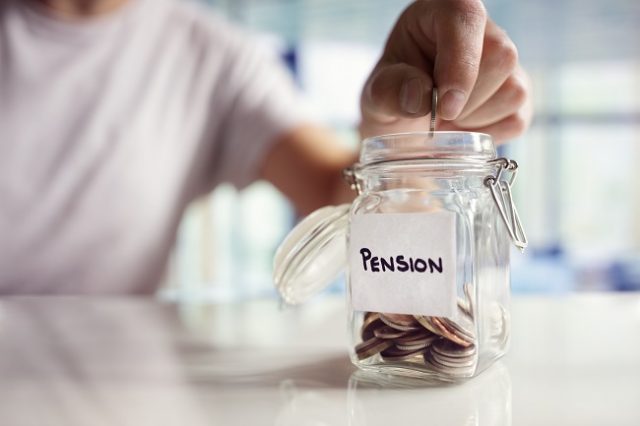According to new data from online pensions provider PensionBee, self-employed savers have increased their pensions contributions in 2021 compared to 2020. PensionBee said that, overall, customers were paying in more this year than last year, with self-employed people making the biggest contributions.
PensionBee revealed that monthly payments from employed savers in the first half of 2021 averaged £508, compared to £374 in the first half of 2020. However, average self-employed monthly contributions increased even more, from £543 in the first six months of 2020, to £690 in the same period this year.
PensionBee said that the significant increase among self-employed people came in spite of the severe impact of Covid-19 on the freelance workforce. It cited Centre for Economic Performance data, which revealed 37 per cent of self-employed people worked 10 hours or less per week during January 2021, with 46 per cent saying they had difficulty paying basic expenses for that month.
The website’s report also highlighted a key difference between employed and self-employed savers who were aged 55 or over and therefore eligible for drawdown. It found that employed savers aged 55 or over were leaving more invested in their pension schemes, with withdrawal amounts decreasing among this group from £10,602 during the first half of 2020, to £9,765 in the first half of 2021.
By comparison, self-employed people who were eligible to withdraw were taking more out. Among self-employed savers, withdrawal amounts increased 47 per cent from £9,309 during the first half of last year to £13,722 this year. PensionBee pointed out that this reflects self-employed workers turning to their pensions due to not having access to employee benefits or government schemes such as furlough.
Romi Savova, CEO of PensionBee, commented: It’s encouraging to see both employed and self-employed savers prioritising their pensions by increasing their monthly contributions, particularly during recent lockdowns. As always, we would encourage those who have a larger disposable income to continue saving where possible, and for those in retirement to keep as much of their pension invested until the exact moment they need it to ensure they’re well-positioned to enjoy a happy retirement.”
Sign in
Welcome! Log into your account
Forgot your password? Get help
Password recovery
Recover your password
A password will be e-mailed to you.









